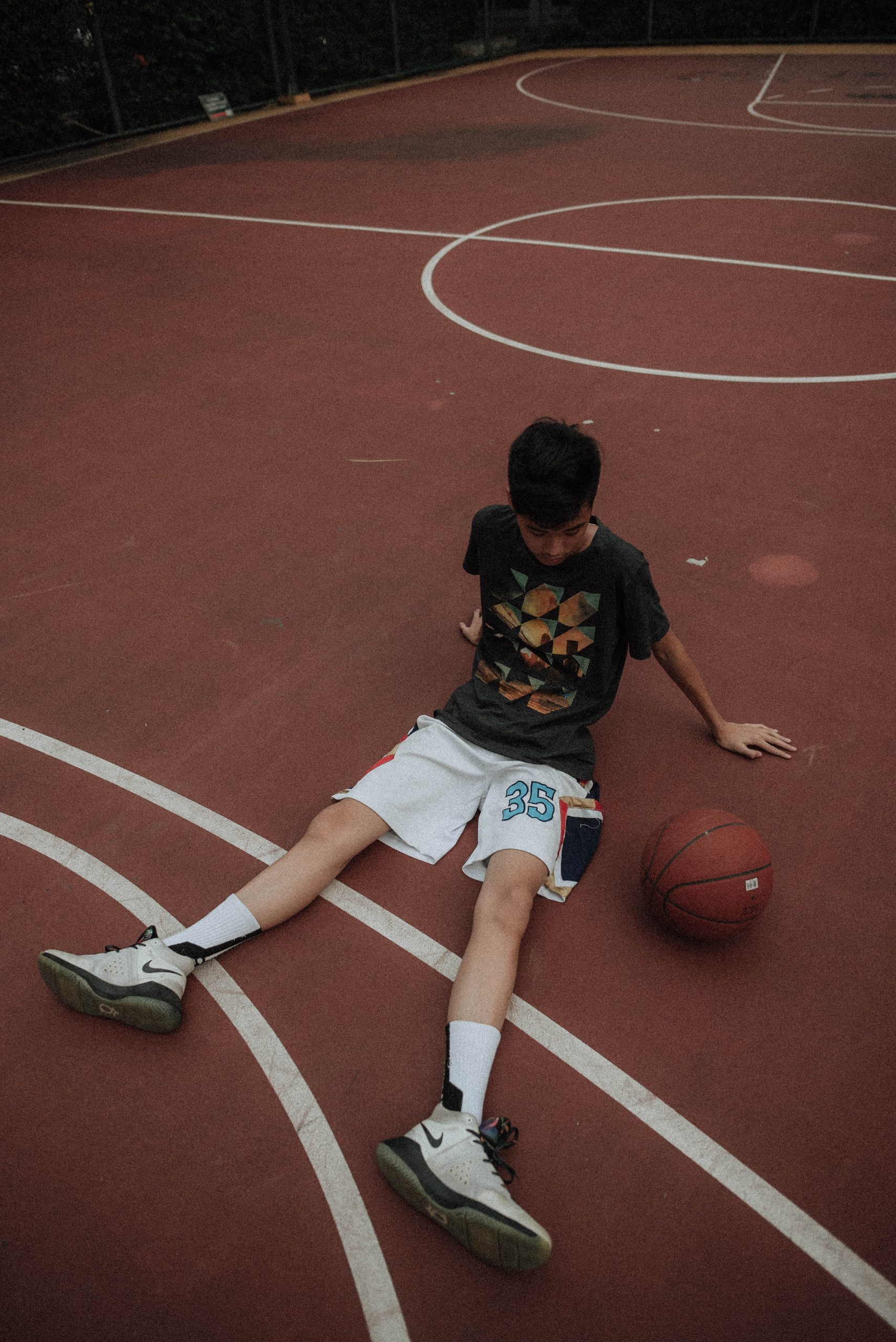The Alternative Schools Network (ASN) Youth Resilience Project is an initiative that grew from the collective desire to develop and provide additional clinical resources for nonprofit and alternative schools in the ASN Network. The Youth Resilience Project is dedicated to the cause of bringing knowledge, awareness, and support to schools around issues associated with youth trauma.
Spreading the knowledge of trauma and its impacts on youth development became a mission of ASN’s Clinical Team after witnessing firsthand how it could help improve relationships, interventions, and overall programming among some of the hardest to reach youth in the alternative schools.





